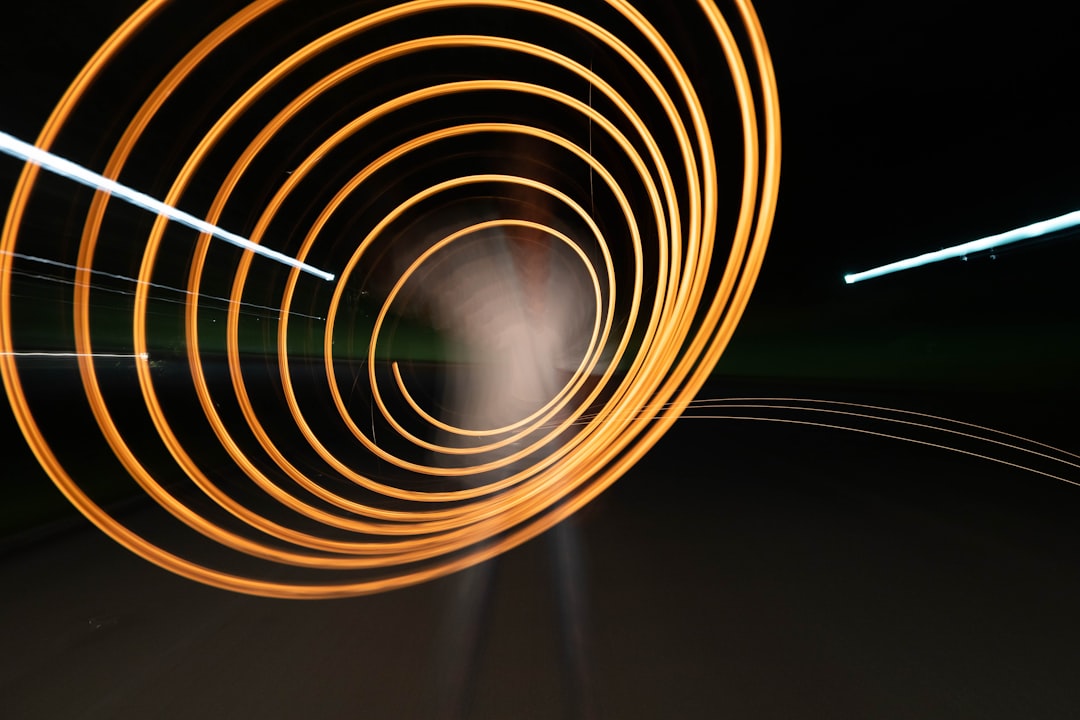What is it about?
We developed a detailed biomechanical model of a helicopter pilot's arm, including all muscle bundles that drive its motion, and mapped the muscle activation to the activation pattern that is required to control the position of the collective control inceptor. Then, based on what maneuver the pilot wants to make, we activate the muscles to obtain the required collective control inceptor in a feedback loop. Both the pilot's biodynamics and the helicopter aeromechanics are modeled within MBDyn, a single general-purpose multibody dynamics framework.
Featured Image
Why is it important?
Detailed simulation of both detailed pilot biomechanics and detailed helicopter aeromechanics while performing complex voluntary tasks. Blends voluntary, behavioral pilot models with biomechanics that is at the roots of some involuntary, uncommanded response to vibrations, which is deemed responsible for adverse aeroelastic rotorcraft-pilot couplings, thus bridging the gap between PIO and PAO in a single detailed model.
Perspectives
Required to have a deep look into the complexity of both biomechanics and human behavior. Opened the way to a wealth of extremely interesting potential research fields.
Professor Pierangelo Masarati
Politecnico di Milano
Read the Original
This page is a summary of: Voluntary Pilot Action Through Biodynamics for Helicopter Flight Dynamics Simulation, Journal of Guidance Control and Dynamics, March 2015, American Institute of Aeronautics and Astronautics (AIAA),
DOI: 10.2514/1.g000837.
You can read the full text:
Resources
Contributors
The following have contributed to this page










